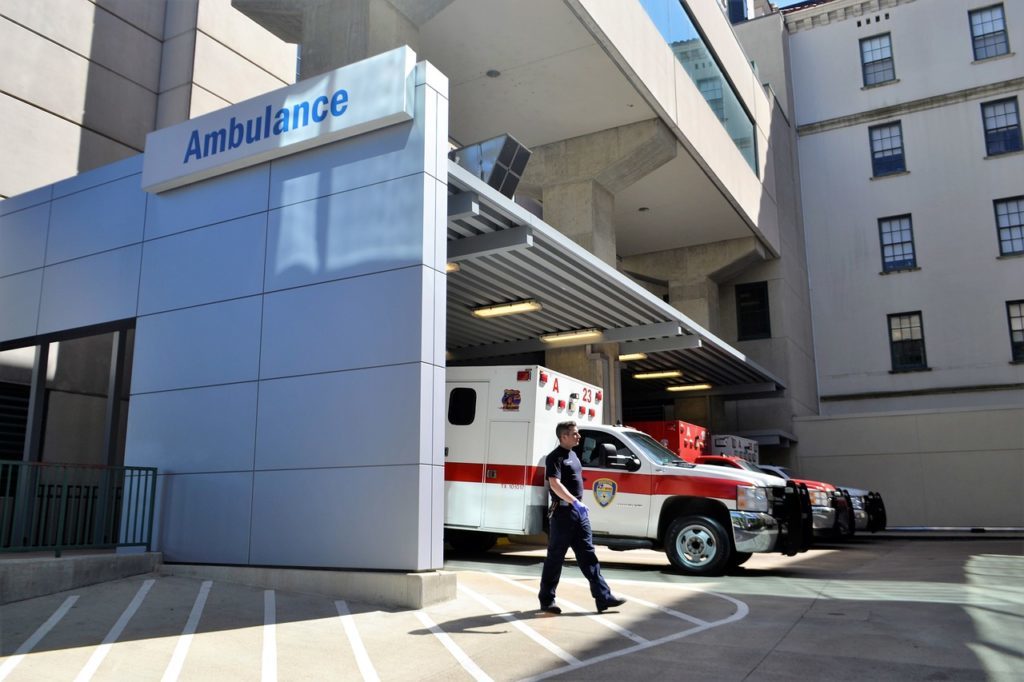Published in Issue 11 of the American Hearth Association, a team of scientists from the John Hopkins School provided best practices for forecasting the recovery of individuals affected by cardiac arrest.
The objectives of the Protocol
At the moment there is no real protocol that provides studies for the recovery of a subject affected by cardiac arrest. Above all, there is a lack of recognised standards for predicting outcomes, which prevent the effects on the organs directly or indirectly affected from being assessed with the utmost objectivity and weighting. Therefore, an international team of scientists led by the scientific subcommittee of the AHA Emergency Cardiovascular Care Science Subcommittee has been formed. The ultimate goal is to conduct a clinical trial to determine a probable prognosis.

The opinion of the team of scientists and the numbers
In an interview with a local scientific journal, Romergryko Geocadin, M.D., chairman of the group of experts and professor of neurology, neurosurgery, anesthesiology and critical medicine at the Johns Hopkins University School of Medicine, states that “At present, we must recognize the limits of our practices in this area because we do not have high quality science to support our decision-making.
According to Luminare, 8% of the 320,000 cases per year of people being resuscitated in premises outside of U.S. health care facilities are discharged with good health. The practice indicates in 48 hours from the adverse event the time needed to dissolve the prognosis, extending to 72 hours to define the prognosis. Geocadin argues that 72-hour forecasts are of low quality because they are based on low quality studies.
It is hoped that the experts who read the present document will use the following techniques for more precise diagnosis:
-
Evaluation of reflexes, stimulating sensory nerves in the arm
-
Measuring pupil dilation after shining a pen in the eye, using to assess seizures
-
Application of MRI and computed tomography brain imaging
See the other articles in the “Medicine” section of our blog.